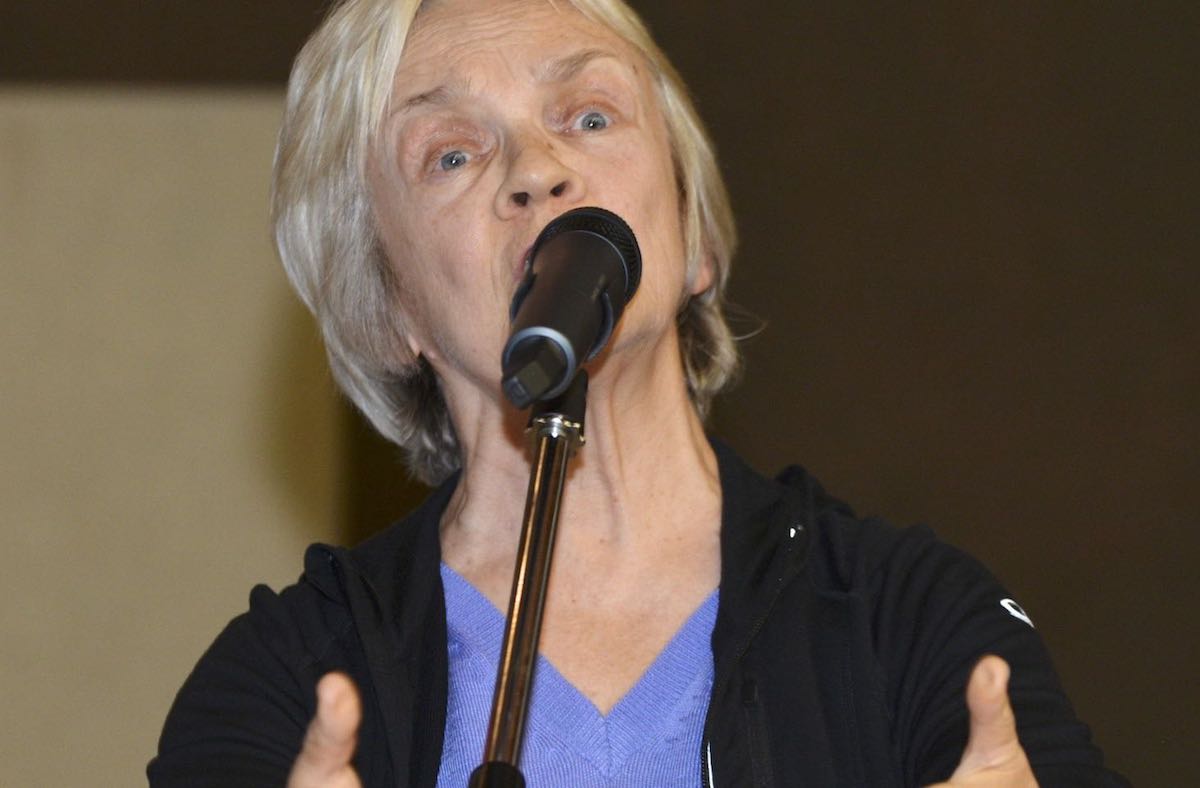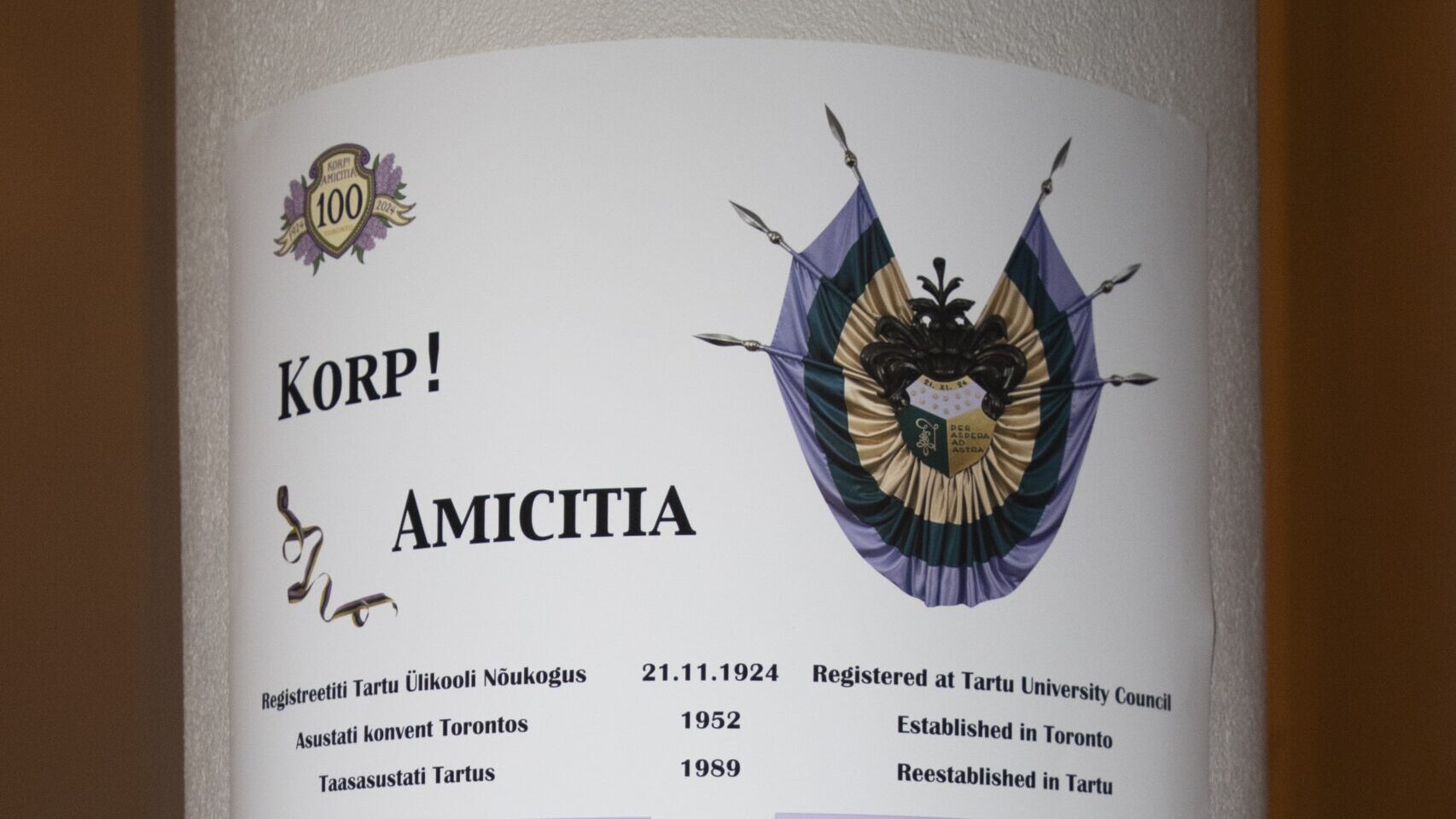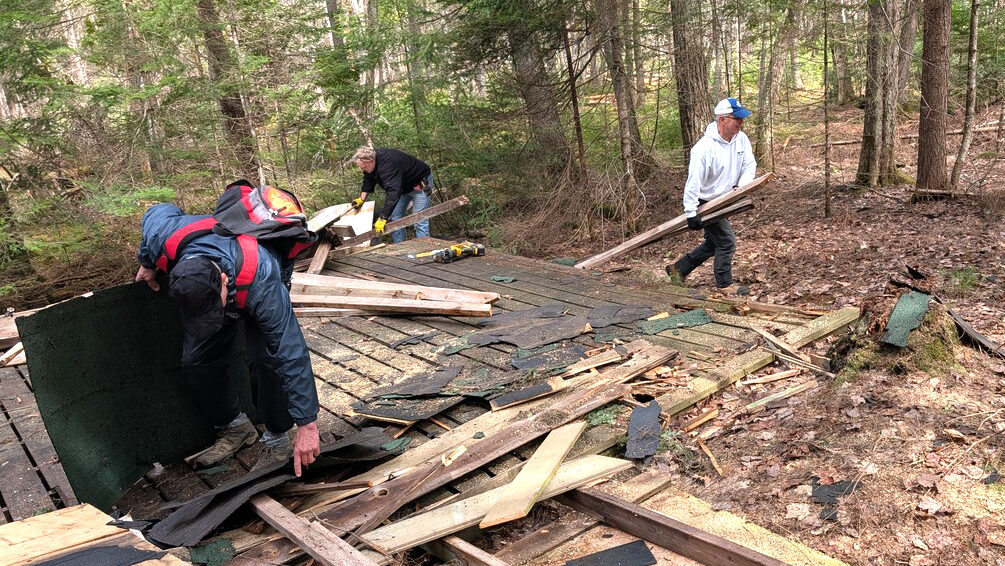As predicted by an architect with experience, large sums of money were expended and debt incurred, with no results, as three successive renewal projects working on the same premise proved impractical. No one has owned this. We want to have compassion for the older and younger generations that have tried to do well by each other. At the same time, with respect, and for the sake of our Estonian cultural heritage, more than trust is required in now making a consequential financial and social decision about Estonian House.
Estonian House itself will be gone, and its valuable land, if there is an approval of the new project. Furthermore the financial risk to the Estonian community will be far greater in what has recently been presented by the three other boards along with that of Estonian House. Who will benefit from the loss and the risk? Who will suffer the loss and the risk? It is fair to say that the devil in the details is the same old devil this time in a new world. The stakes are exceptionally high.
The third option for renewal, the current proposal for displacement, is the most drastic. Not only does it involve the sale of Estonian House and the relocation of community activities and possessions to a much smaller facility of very different design in a very different neighbourhood, with very few advance details to suggest this move has been thought through, but it also foresees the dissolution of the non-profit shareholders' corporation and its decision-making power over the purposes and functions of “Estonian House2” in its “new life”.
The inheritance of investment and commitment to Estonian House should not be squandered by accepting the new project, with details to come only in future. Indeed, renewal options should be reviewed and compared. We have learned things along the way, and what is at stake now goes to the heart of the community. For there to be a relationship between the modern and the traditional, openness and solidity, the extraordinary and the ordinary, within which the ambiguity, unease, and excitement of new influences and deep attachments can get worked through by young, old, and middle-aged alike, we are blessed in Toronto to have two centres that have evolved very differently, responding to different needs and predilections, over the years. It is ethically and practically incumbent on Estonian House shareholders and the Estonian community to demand and carefully compare the details before approving any new plan for Estonian House.
The middle option for renewal, an upgrade, is perhaps the most obvious choice for a decision that is consistent with the community's values, since it works with what is already there. Yet an upgrade has not yet been seriously considered. Veneration for tradition and preservation of heritage are now clearly at odds with economic opportunism. Estonian House users and supporters successfully applied, raising matching funds, for a large grant for a major repair from the city's Culture Build Investment Program. This made public sense, for the city and for the Estonian community, for the option of an upgrade, though not for the options of replacement and displacement. Also for an upgrade, Estonian House is now a candidate for significant funding for quality restorative work from the Toronto Heritage Grant Program. Instead, the building has been looked at solely from the perspective of an opportunity for redevelopment, for which smaller, older, less well managed and less well marketed buildings are often targeted. Why should renewal projects serve only that sector of the Estonian community most prepared to embrace “maximizing value” in economic terms as their dominant value?
On the one hand it is wonderful that youth between the ages of 18 and 35 can find new inspiration downtown at Tartu College, and it is understandable that some express a preference for the “trophy” building they envision in the new project over what they want to leave behind at Estonian House (Estonian House board members Veiko Parming, “Miks ma toetan Tartu College-i juurde konsolideerimist”-“Why I support consolidation at Tartu College” and Linda Veltmann, “From the next generation, continued”, EE and EWR). These young people have recognized they can have what everyone has, that they have choices, and perhaps they recognize themselves having this now for the first time, free from the constraint of having to accept only what is in their place. But part and parcel of worldly abundance is the choice brought to Estonians, grounded in practices of cultivation and acknowledging the fundamental ambiguity of progress, of whether to welcome the influence of the world or not, to accept or reject.
Alja Pirosok, Toronto




